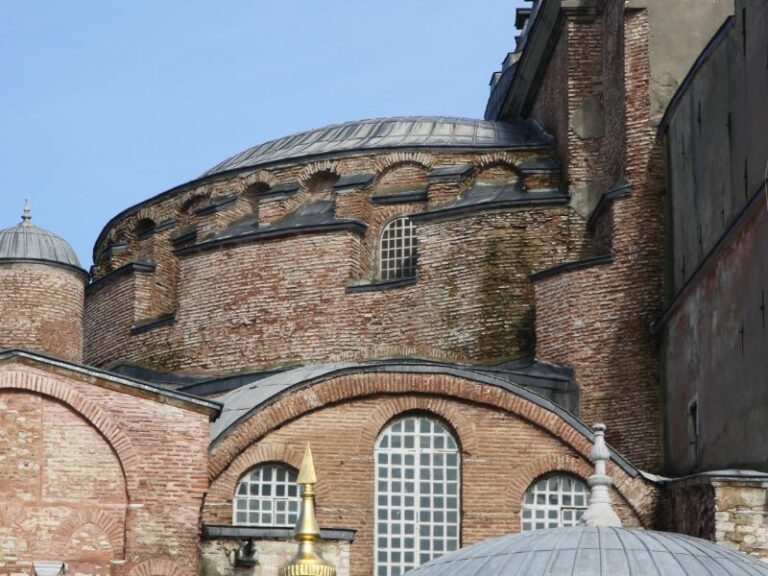Introduction
Ephesus, located in what is now modern-day Turkey, stands as a monumental testament to ancient architectural and cultural achievements. Initially founded in the 10th century BC by Greek colonists, this city thrived as a center for trade and commerce due to its strategic location near the Aegean Sea.
Over the centuries, Ephesus became a focal point of successive empires, including the Roman, Byzantine, and Ottoman Empires, each leaving a distinct imprint on its architectural and cultural landscape.
The city’s historical significance is underscored by its role in several pivotal moments throughout ancient history of Ephesus, including its mention in the Christian New Testament, making it a key site for early Christian and Byzantine history.
Today, the ruins of Ephesus are a UNESCO World Heritage Site, attracting scholars and tourists alike who seek to explore its well-preserved buildings and streets.
This introduction seeks to provide a concise yet informative overview of Ephesus’s evolution from a bustling ancient city to the captivating ruins that continue to tell its story to the contemporary world.
History of Ephesus Through the Ages
The Birth and Rise of Ephesus
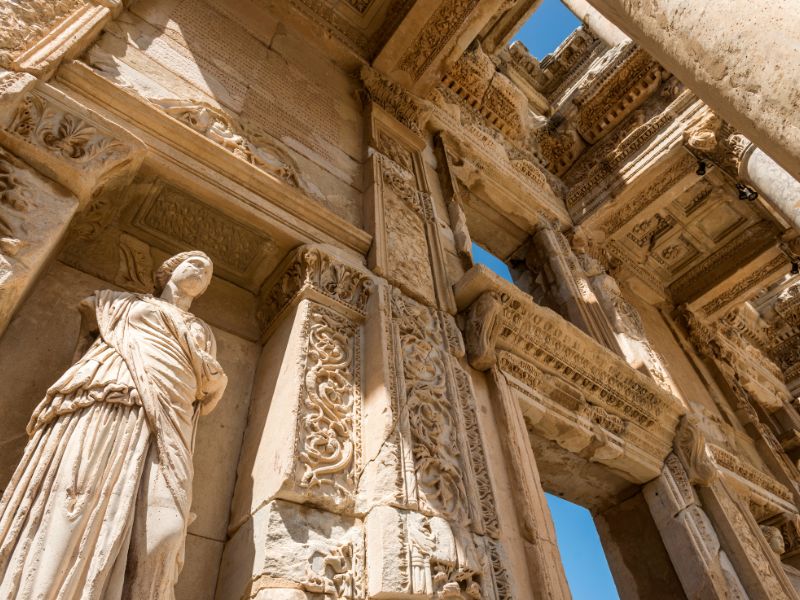
Statues in Ephesus, Turkey
Neolithic Age to Hellenistic Period
The site of Ephesus was originally settled during the Neolithic Age, evidence of which suggests that the area was inhabited as far back as 6000 BC. These early settlements laid the foundation for what would become one of the most significant cities in the ancient world.
Over the centuries, Ephesus underwent significant transformations, notably during the Bronze Age, under the influence of the Hittites around 1500 BC. The city gained prominence in the Archaic period, particularly in the 7th century BC, when it was colonized by the Ionians, a group of Greeks from the Athens region.
This period marked the beginning of Ephesus’ transformation into a major urban center, focusing on commerce, governance, and religion. The construction of the Temple of Artemis, one of the Seven Wonders of the Ancient World, during the 6th century BC highlighted the city’s growing importance and wealth.
The conquest of Alexander the Great in the 4th century BC led Ephesus into the Hellenistic era, ushering in a new age of architectural and cultural development.
Under the Hellenistic rulers, notably the Seleucid Empire and later the Pergamon Kingdom, Ephesus became a vital center of arts and learning, exemplifying the sophisticated urban life of the Hellenistic period.
The city’s strategic location on the Aegean coast contributed to its prosperity as a major trading and naval power, further cementing its status as a key player in the ancient world.
Glory under Roman Rule
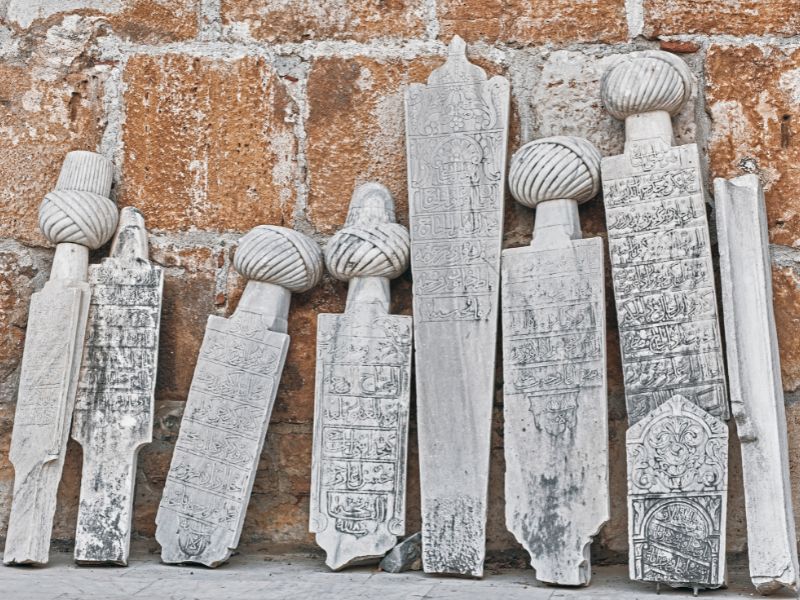
Classical Roman Period (129 BC–395 AD)
The transition into the Roman Period marked a significant phase in history of Ephesus, beginning in 129 BC when it became the capital of the Asian province of the Roman Empire. This era heralded unprecedented urban development, transforming Ephesus into one of the largest cities of the Roman Empire, second only to Rome itself, with a population that soared to nearly 250,000 inhabitants.
Under Roman dominion, Ephesus saw the construction of some of its most iconic structures, including the Library of Celsus, the Great Theatre, and an advanced aqueduct system, showcasing Roman engineering excellence. The city’s economy flourished, bolstered by its bustling port, which became a central hub for trade routes connecting the East and the West. The thriving economic conditions fostered an affluent society where art, culture, and education thrived.
During this period, Ephesus also played a pivotal role in the early Christian church, highlighted by the apostle Paul’s visit and subsequent letters to the Ephesians, which became part of the New Testament. The city’s religious landscape began to shift, reflecting the growing influence of Christianity alongside traditional Roman and Greek deities.
The end of the Classical Roman Period came with the division of the Roman Empire by Emperor Theodosius I in 395 AD, which relegated Ephesus to the Eastern Roman, or Byzantine, Empire. This demarcation heralded the beginning of a new chapter in the extensive history of Ephesus, one that would see its influence wane but its spiritual significance grow.
The Spread of Christianity
The Byzantine Era and Beyond (395 AD–15th Century)
The Byzantine Era marked a profound transformation in Ephesus, with Christianity increasingly shaping its social and architectural landscape. After the division of the Roman Empire, Ephesus found itself under Byzantine rule, which significantly influenced its religious orientation. The city became an important Christian center, hosting the Third Ecumenical Council at the Church of Mary in 431 AD, affirming the Virgin Mary’s status as Theotokos, or Mother of God, a pivotal moment in Christian theology.
During this period, many of the city’s pagan temples were either repurposed or replaced by Christian churches, reflecting the shift in religious belief and practice. The ruins of the Basilica of St. John, believed to be built over the apostle’s tomb, bear testimony to Ephesus’ significance in early Christianity. This era also witnessed the decline of the city’s importance as a commercial hub, exacerbated by the silting up of its harbor, which eventually led to its abandonment as a major port.
Despite the challenges, Ephesus remained a vital religious site throughout the Byzantine period, its significance underscored by a series of ecclesiastical buildings and the continued veneration of Christian saints and martyrs associated with the city. The spread of Christianity in Ephesus laid the groundwork for its enduring legacy in the Christian world, a legacy that continues to draw pilgrims and scholars interested in the early history of the Christian church.
Decline and Abandonment
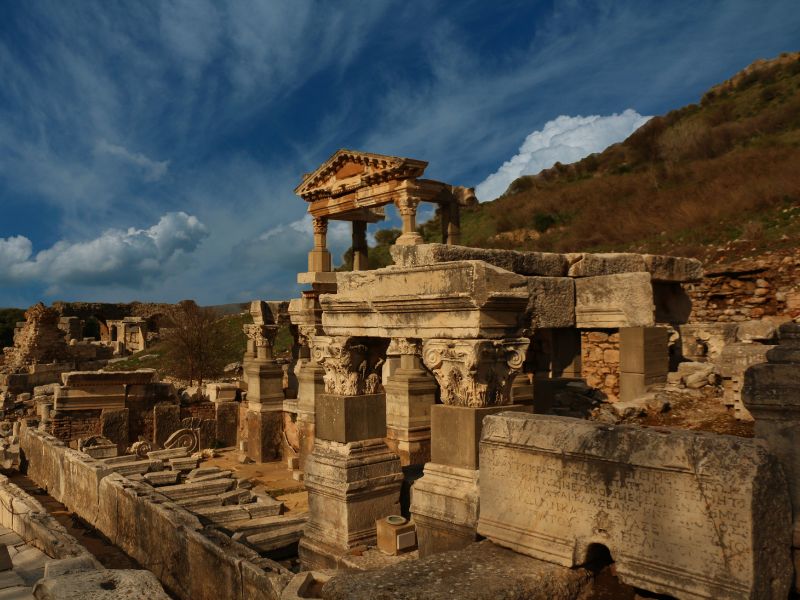
Byzantine Period to Ottoman Control
The transition from Byzantine rule to Ottoman control represented another pivotal chapter in the history of Ephesus. Following the decline during the late Byzantine era, primarily due to economic downturns and natural disasters like earthquakes, Ephesus’ fortunes fluctuated until the Ottoman conquest in the 15th century.
The city, once a bustling hub of trade and religion, saw a gradual but irreversible transformation under Ottoman rule. The Ottoman Empire, recognizing the historic value and strategic location of Ephesus, attempted to revive the city.
However, the silting of the harbor, which had been a persistent issue since the Roman period, greatly limited its potential as a maritime trade center.
Despite these challenges, the Ottomans integrated Ephesus into their vast network, leading to a modest resurgence in its local economy and a diversification in its demographic profile with the settlement of various ethnic communities.
During this era, Ephesus did not regain its ancient prominence but remained a noteworthy site for its historical and religious significance. Ottoman authorities maintained and protected the Christian heritage sites within Ephesus, even as it became part of an empire that was predominantly Islamic.
This period underscored the multi-layered history of Ephesus, reflecting the coexistence of different cultures and religions over the centuries. The eventual decline of the Ottoman Empire and the emergence of modern nation-states brought new challenges and opportunities for Ephesus.
By the early 20th century, archaeological interest had begun to unveil the city’s ancient past, transitioning Ephesus from a living city to one of the most important archaeological sites in the Mediterranean, preserving its legacy across millennia.
Remarkable Personalities of Every Era
Throughout its storied past, Ephesus has been shaped by the contributions of remarkable individuals across various epochs, each lending their influence to the city’s rich tapestry of history.
Classical Roman Period
During the Classical Roman Period, Ephesus was graced by the presence of several notable figures, including the prolific writer and philosopher Strabo, who hailed from Amasia in Pontus but spent a significant amount of time in Ephesus.
His works provide invaluable insights into the ancient world, including the geographical and cultural aspects of Ephesus during Roman rule.
The Spread of Christianity
The Byzantine Era saw Ephesus emerge as a key center of the Christian faith, largely through the efforts of influential church fathers and theologians. Perhaps most significant among them was Saint John the Apostle, who is believed to have lived and been buried here.
His legacy, alongside that of Saint Paul, who addressed the Ephesians in his epistles, fortified the city’s place in early Christian history.
Byzantine Period to Ottoman Control
The shift to Ottoman sovereignty introduced new figures into Ephesus’ narrative.
Although fewer names from this period have persisted through history, the period was marked by Ottoman architects and engineers who worked on maintaining the city’s infrastructure, including the restoration of Christian sites which continued to attract pilgrims.
Their efforts, while less documented, contributed to preserving Ephesus through a period of decline and transition.
Ephesus Today: A UNESCO World Heritage Site
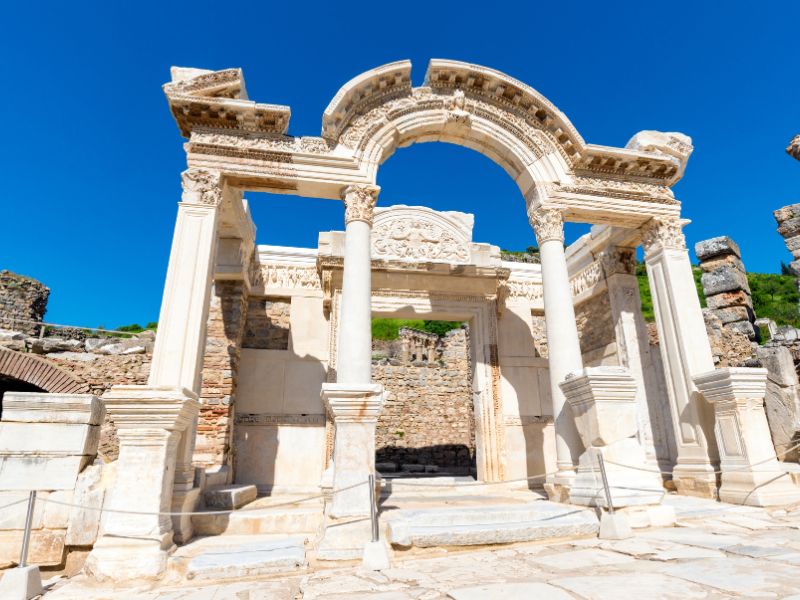
Today, Ephesus stands as a testament to the ingenuity and faith of its ancient inhabitants, now recognized globally for its historical and cultural significance. In 2015, it was inscribed on the UNESCO World Heritage List, a designation that underscores its value to the common heritage of humanity.
This acknowledgment not only elevates the status of Ephesus in the international community but also ensures the protection and preservation of its ruins for future generations.
Visitors to the site can explore an array of well-preserved monuments, from the grand Library of Celsus to the Great Theatre, and the Terrace Houses, offering a window into the daily lives of its ancient residents.
Additionally, the Temple of Artemis, one of the Seven Wonders of the Ancient World, though now largely in ruins, continues to fascinate and draw researchers and tourists alike.
The UNESCO designation has also spurred efforts to enhance conservation techniques and visitor experiences, ensuring that Ephesus remains a vibrant educational and cultural site.
Conclusion
The history of Ephesus, from its rise to decline, reflects the ancient world’s civilization changes. Its ruins are a testament to human achievement and resilience, inspiring and teaching us. Ephesus is a key site for those interested in human history, offering well-preserved ruins that tell stories of its past as a hub of trade, religion, and culture.
It’s a must-visit for history enthusiasts, travelers, or anyone exploring early Christian routes, providing a unique and memorable journey. Ephesus’s legacy, captured in its ruins, fascinates and educates, making it essential for anyone interested in humanity’s story.

